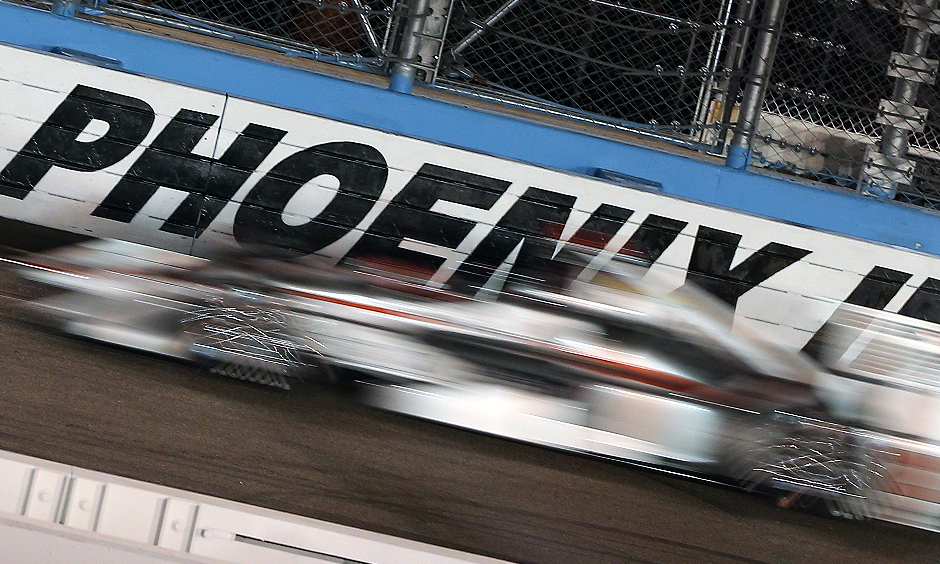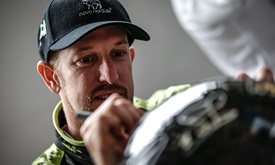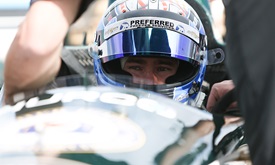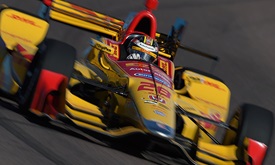Visit to Phoenix rekindles writer's passion for INDYCAR racing
FEB 13, 2017
(Kirby Arnold is a retired sportswriter based in Phoenix and Seattle. He worked 42 years for newspapers in the Midwest and Pacific Northwest. He has covered or attended the Indianapolis 500 22 times.)
AVONDALE, Ariz. – Almost 43 years ago, I sat on the curb alongside Georgetown Road and marveled at the sight of grandstands that stretched to infinity and the partiers who seemed bent on drinking themselves to oblivion.
An older guy sitting nearby saw my wide-eyed look and asked, “First time?”
Yeah, first time.
“You haven’t seen anything yet,” the man said.
It was late on the night of May 25, 1974, and in a few hours the gates to Indianapolis Motor Speedway would swing open and expose me to an entirely new sports passion. That first Indianapolis 500 was beyond everything I had ever read or heard. The size of the speedway, the larger-than-life image of the drivers, the cars that looked like works of art and the speed that seemed so great it was difficult to imagine a human going that fast – they all hooked me.
The old guy on the curb couldn’t have been more correct. I hadn’t seen anything else like it, and I really haven’t since.
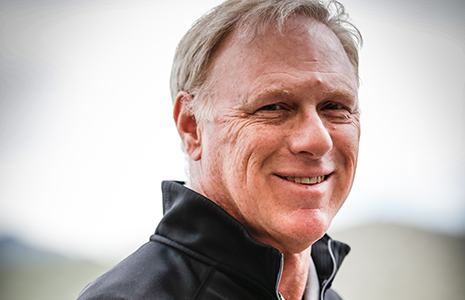 I went on to cover thousands of sports events in a 42-year newspaper career, including the Indy 500 10 times. I was blessed to sense the aura of old Yankee Stadium, Fenway Park, Wrigley Field and other great sports arenas, but nothing touched the senses like hearing an Indy car at full song and witnessing the passion of everyone associated with making it happen.
I went on to cover thousands of sports events in a 42-year newspaper career, including the Indy 500 10 times. I was blessed to sense the aura of old Yankee Stadium, Fenway Park, Wrigley Field and other great sports arenas, but nothing touched the senses like hearing an Indy car at full song and witnessing the passion of everyone associated with making it happen.
I covered the Indianapolis 500 until 1984 before moving to the Pacific Northwest to do other things in my career, including 13 years covering Major League Baseball.
Racing never fully leaves a person, and 15 years ago I made a commitment to see the Indy cars again as a fan – at Portland International Raceway when they ran there, Kansas Speedway during midsummer visits to see family in the Midwest and, beginning in 2005, a yearly trip back to Indy that revives old traditions (like sitting on the curb on Georgetown Road the night before the race).
That’s why Friday was so special.
The Verizon IndyCar Series returned to Phoenix Raceway in the first full-field test of 2017, and all those sensations came back. Like the crack of a baseball bat at spring training, there’s a bit of romance to hearing the first launch out of pit lane, the crescendo of a 200-mph car approaching and even the scent of ethanol exhaust.
It wasn’t just me.
Last week, Chip Ganassi Racing’s Tony Kanaan posted on Twitter, “Counting the seconds to see you again, my love.” Below the tweet was a photo of his No. 10 NTT Data Honda.
Defending series champion Simon Pagenaud spent much of the winter making appearances and recharging from last season, so much that he did not drive in the 24-hour sports car race last month at Daytona.
But getting back into the car Friday, the Team Penske driver admitted, was something “I’ve been dreaming of since September.”
Andretti Autosport’s Ryan Hunter-Reay had that first-day-of-school feeling.
“This is what we do. This is how we operate mentally,” he said. “Being away from the racetrack, you feel like a fish out of water.”
James Hinchcliffe returned with his usual wit, not only for his enthusiasm for the season but also fame of a different kind from his success on “Dancing with the Stars.”
“I am everybody’s grandmother’s favorite,” Hinchcliffe, the Schmidt Peterson Motorsports driver, said. “That’s bringing a whole new demographic of fan to INDYCAR. Hopefully we see some ‘Dancing’ fans in the grandstands this year.”
Scott Dixon drove the world’s fastest plain-white wrapper, a so-far unsponsored No. 9 Chip Ganassi Racing Honda. It brought back the image of John Martin’s car in the 1975 Indy 500 – the Unsponsored Special.
That’s one beauty of INDYCAR, the things that rekindle memories despite the advances that have made it a faster, safer, different spectacle.
The transporters now are sparkling, rolling race shops, a massive contrast to the open-air trailer that Grant King pulled behind a pickup to get his race car to IMS in 1976.
There are two engines and two aero kits now – Chevrolet and Honda. You needed a scorecard to keep track of them all in the 1970s and ‘80s, with chassis ranging from Penske to Eagle, Wildcat, Lola, McLaren, Watson, Longhorn, Vollstedt and Parnelli. Among the engines were Cosworth, Offenhauser, Foyt and Chevrolet, including the 1980 Chevy stock block that colorful driver Roger Rager pulled out of a school bus.
At Phoenix, I was reminded of the glorious day in 1979 when I stood outside the Penske garage at Indy with my pen and notebook while a humble young guy named Mears tried to explain what it meant to have achieved life-long fame by winning the Indianapolis 500. Before practice began Friday, Rick Mears, a man who needs no introduction – especially at the racetrack -- walked through the gate to pit road and held out his credential to show the attendant that he belonged.
That’s the king of humility and a link to a marvelous past. That’s INDYCAR racing.










